Your cart is currently empty!
Category: Cultivation Tips
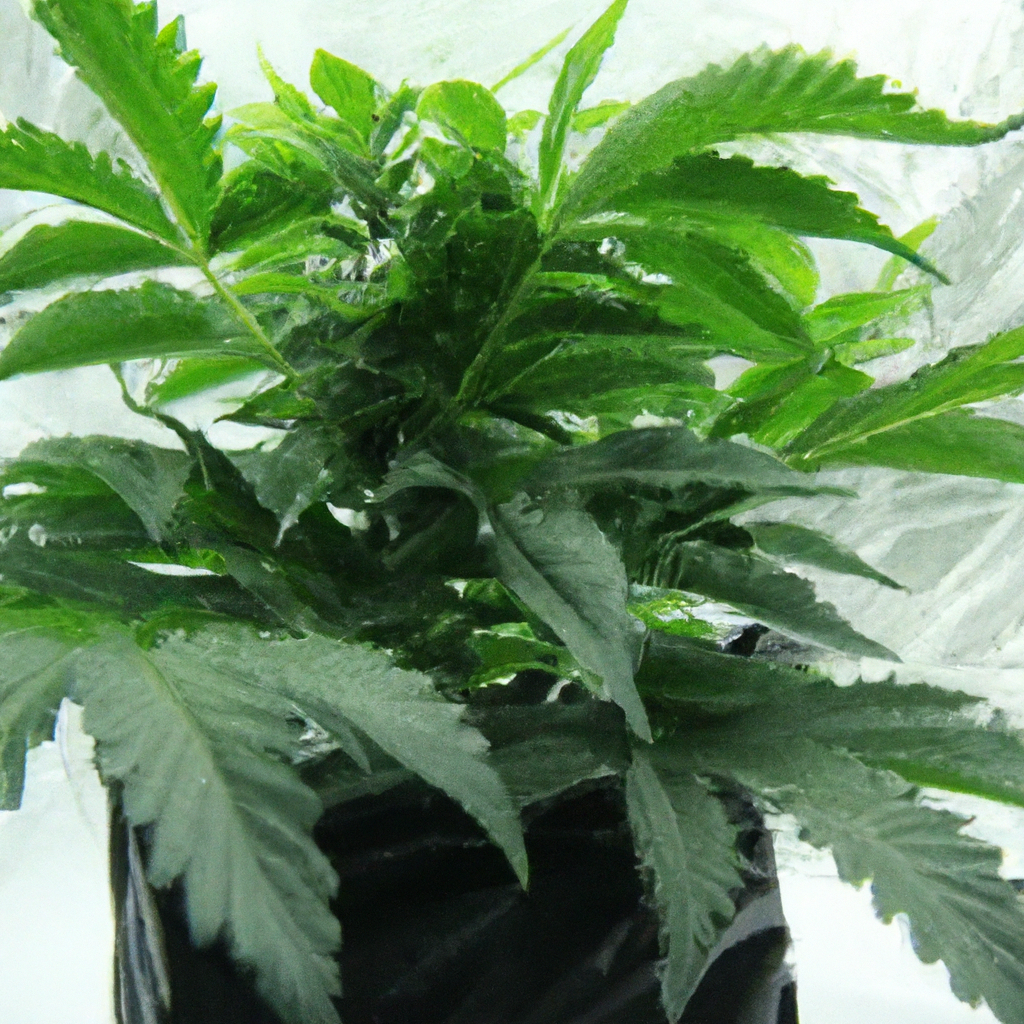
As the cannabis industry evolves, aeroponics emerges as a revolutionary technique for maximizing yield and quality by suspending plant roots in air and misting them with nutrient solutions. This method promotes rapid growth, space efficiency, and sustainable water usage while reducing pest risks. Despite its benefits, aeroponics requires understanding and managing technical complexities and system…
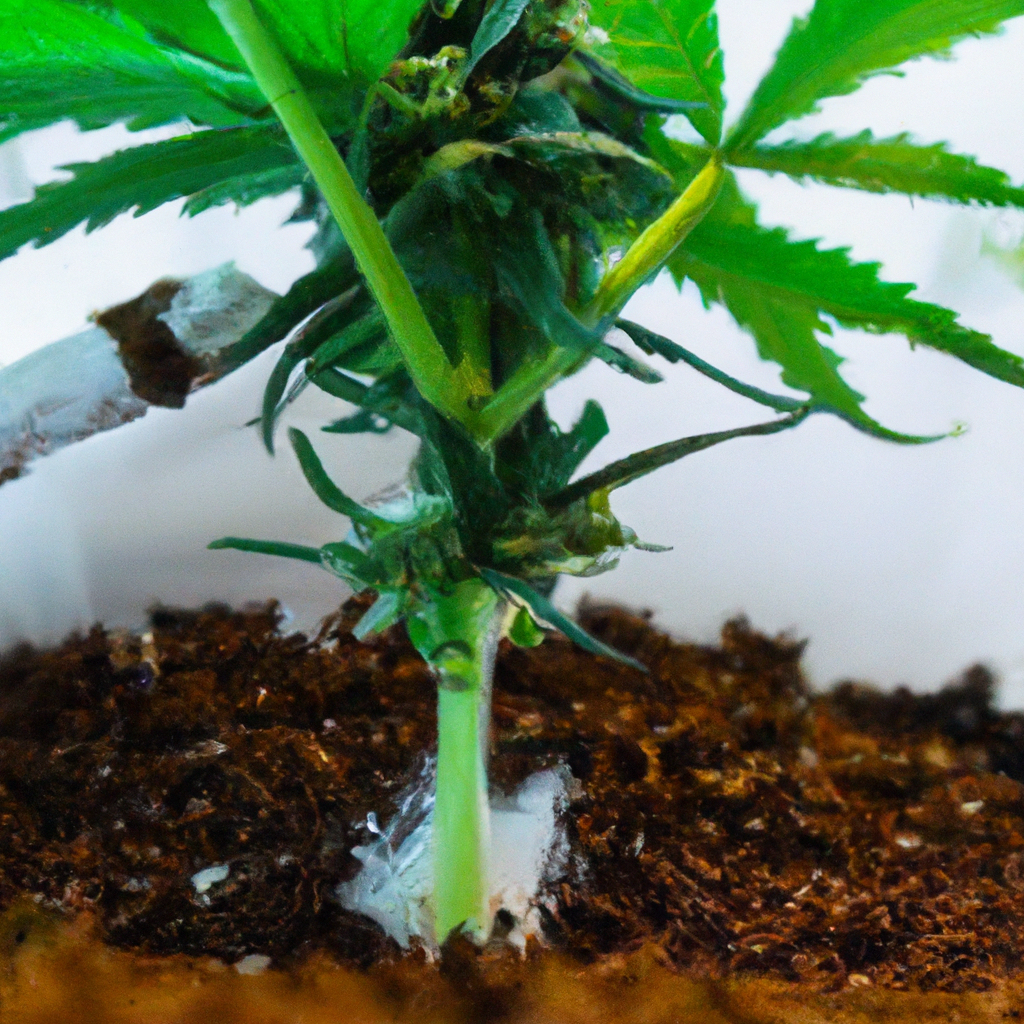
The root zone of cannabis plants is often overlooked but plays a critical role in plant health and yield. Optimizing this area can lead to healthier plants and bountiful harvests. Key techniques include enhancing soil aeration with materials like perlite, maintaining a pH balance between 6.0 to 7.0, and using microbial inoculants for improved nutrient…
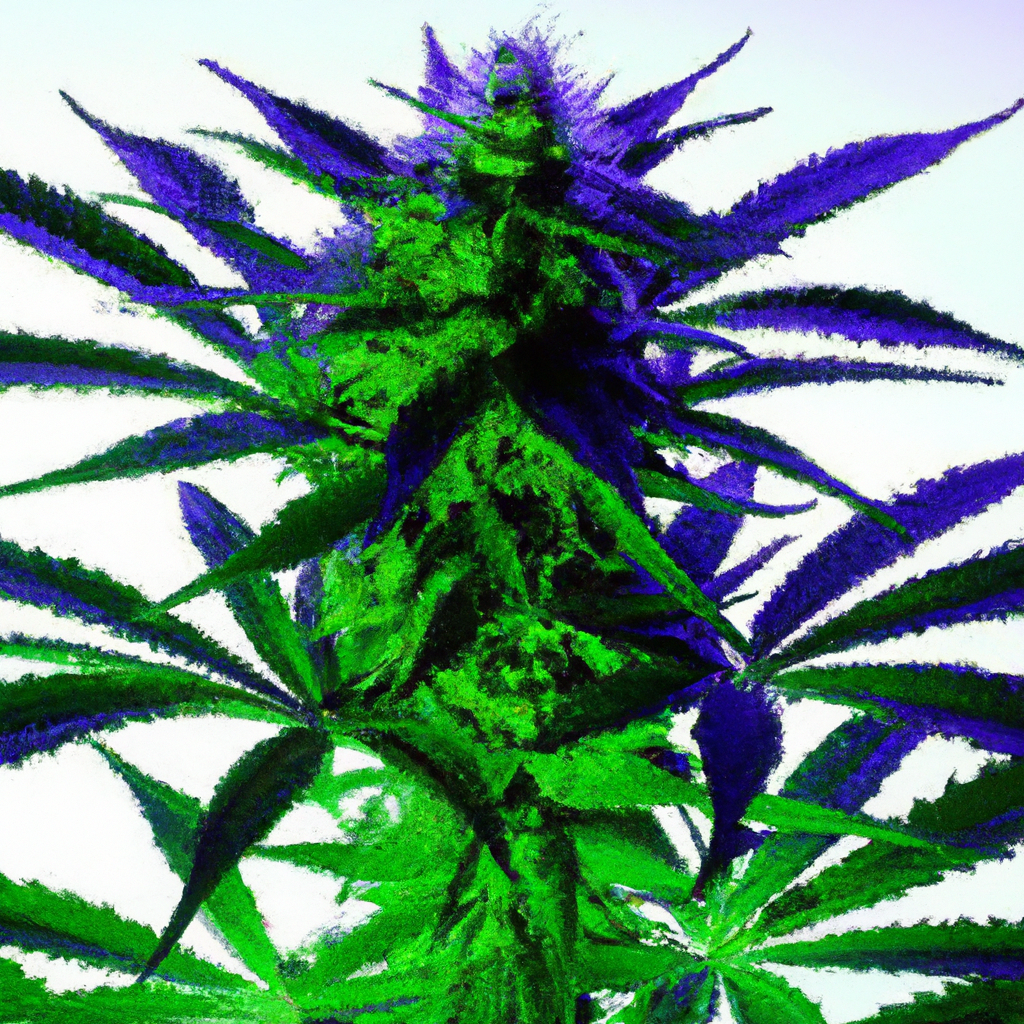
Cultivating cannabis effectively hinges on mastering light spectrum control, which significantly impacts plant health, yield, and potency. Key components include blue light for vegetative growth, red light for flowering enhancement, and far-red light for transitioning stages. Strategies differ by growth phase: blue light is vital for strong vegetative development, while red light boosts flower size…
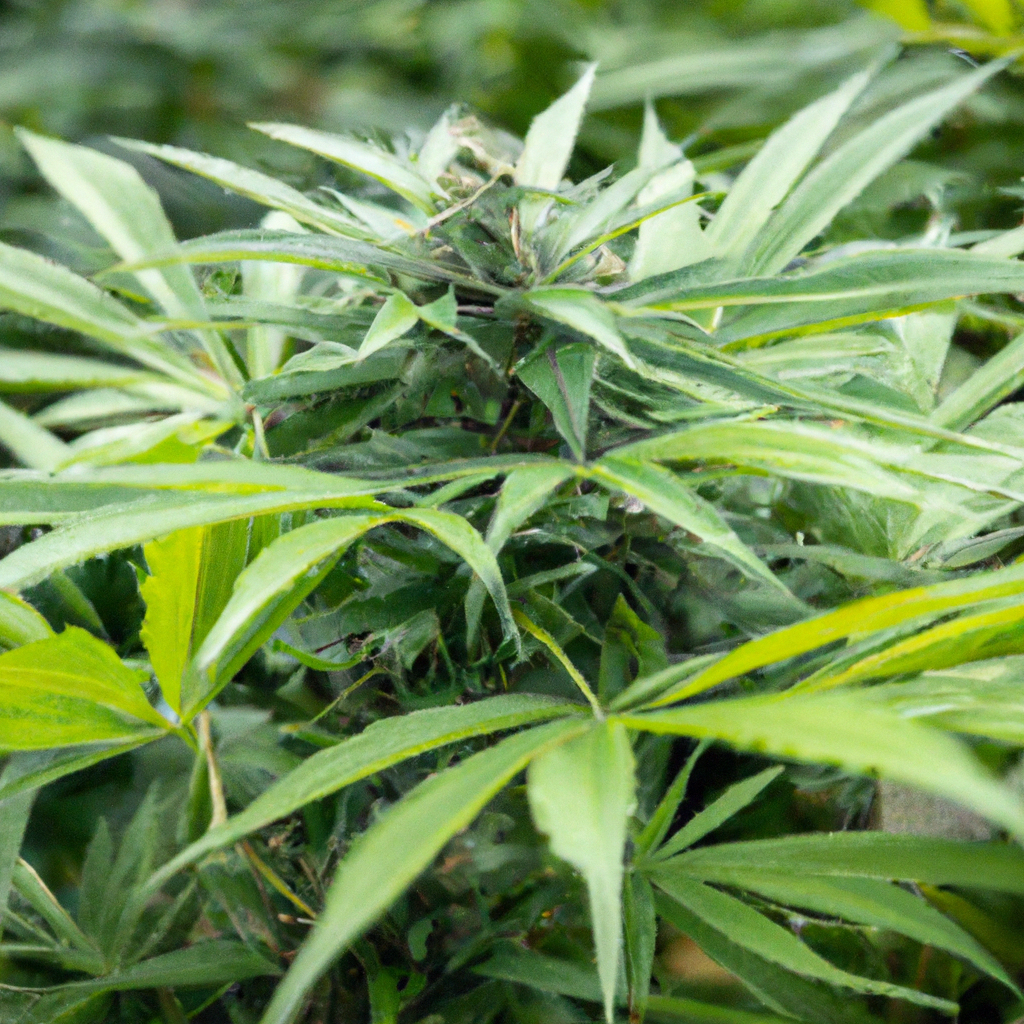
Successful cannabis cultivation requires creating and managing a microclimate tailored to the plants’ needs, significantly impacting yield quality and quantity. This guide explores the essentials of microclimate management, including temperature, humidity, airflow, and light control, essential for both indoor and outdoor growing. Key strategies include constant monitoring with sensors, using heaters and coolers for temperature…
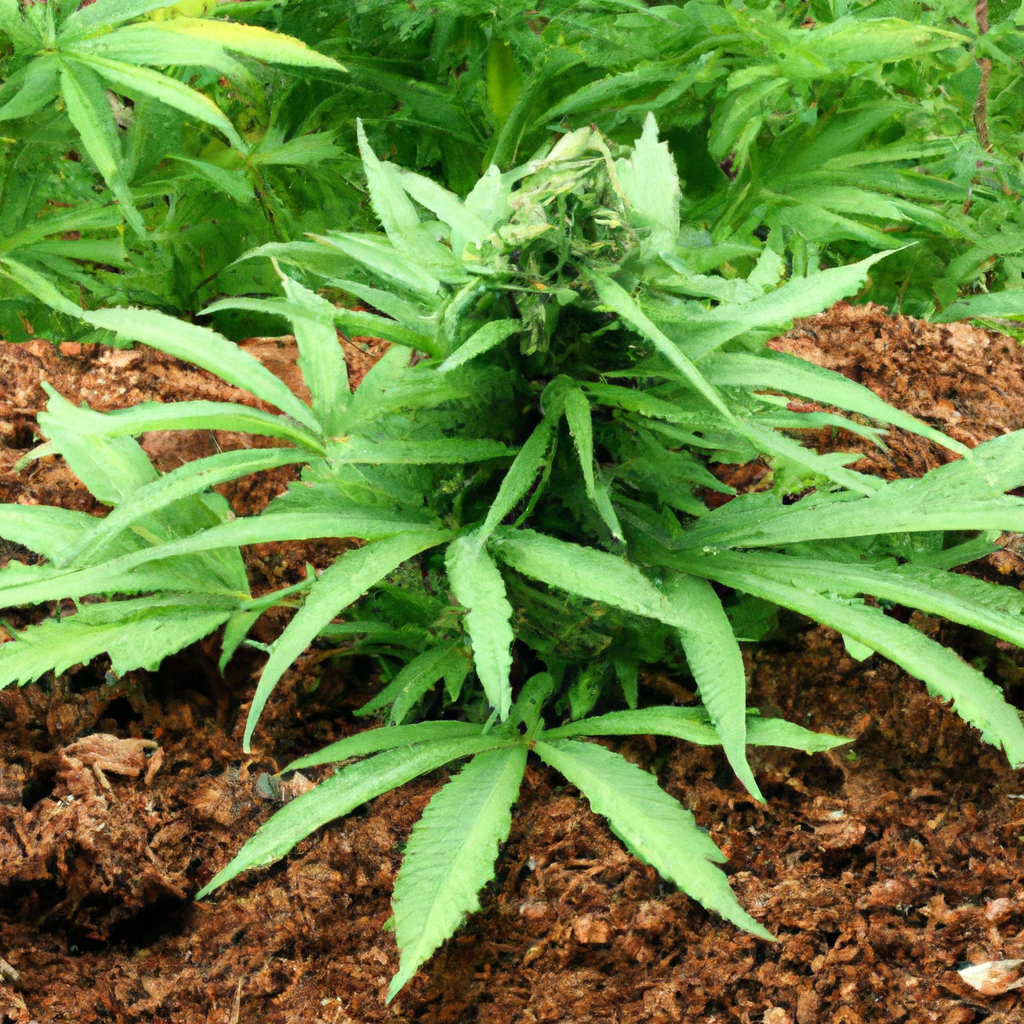
In the world of cannabis cultivation, focusing on sustainability is essential for fostering healthier plants and a balanced ecosystem. Key practices include using organic soil amendments like compost and worm castings to boost soil quality, implementing companion planting to enrich biodiversity and deter pests, and employing water conservation techniques such as drip irrigation and rainwater…
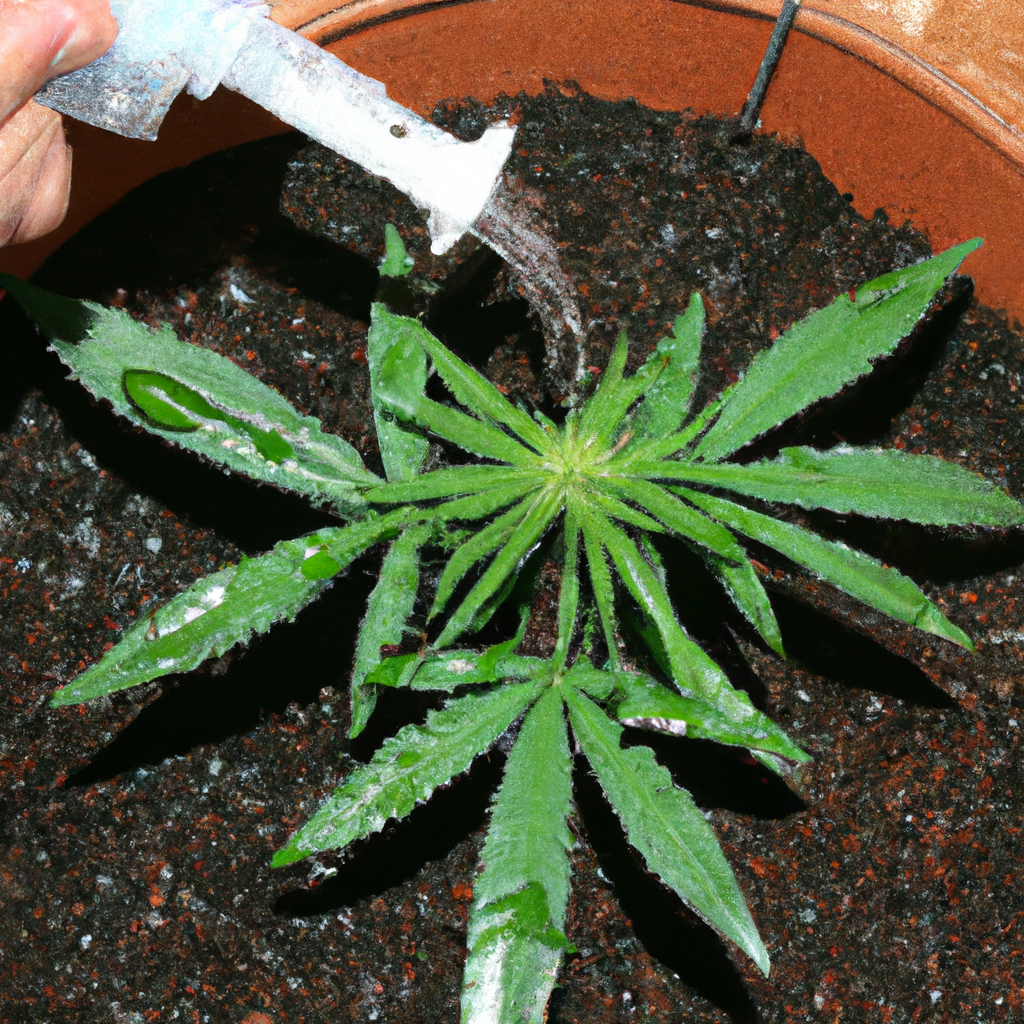
Cultivating cannabis requires a precise balance, with watering being a key component for plant health and yield. This post offers practical strategies for optimizing watering schedules to boost growth. Each cannabis growth stage, from seedling to flowering, has distinct watering needs. Factors like pot size, climate, and growth stage impact your watering schedule. Expert tips…
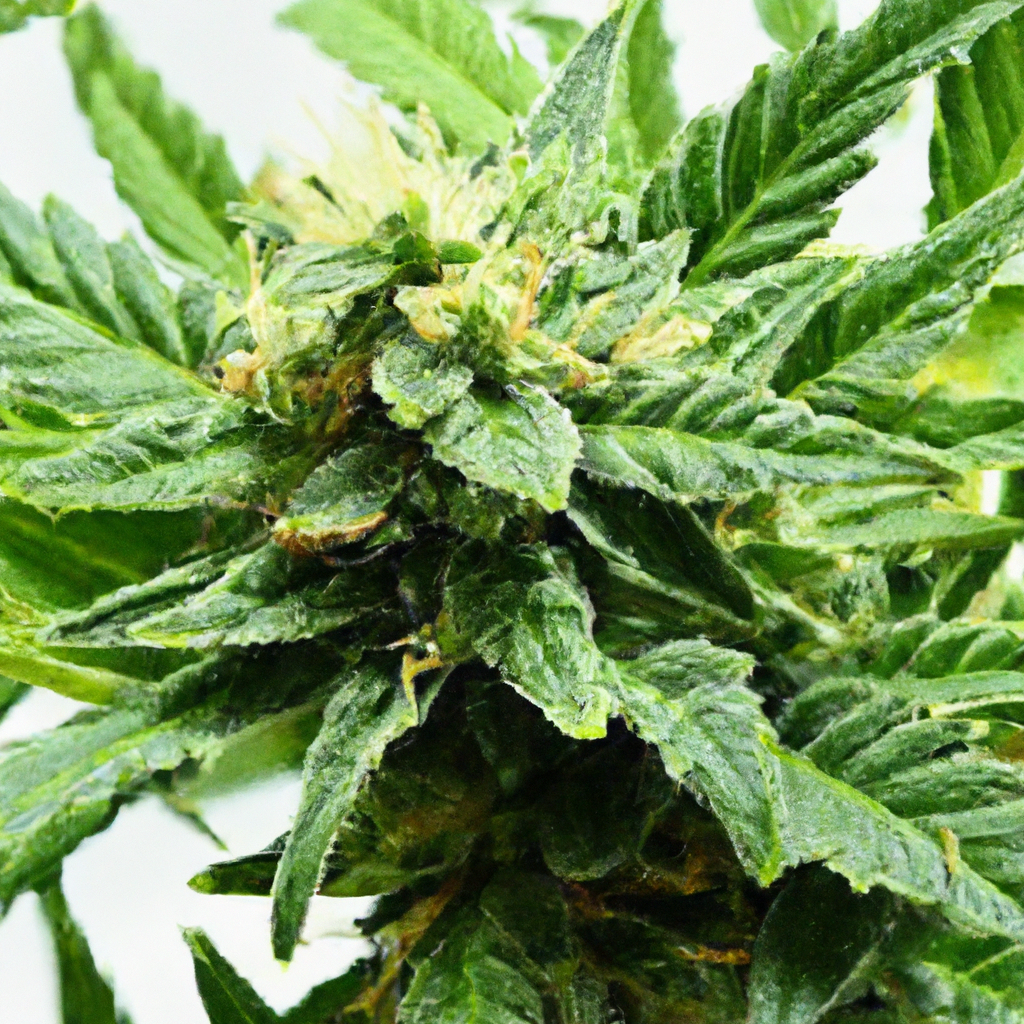
Growing cannabis indoors offers unique challenges and opportunities, with the potential to maximize yield and quality through a controlled environment. Key techniques include optimizing temperature, humidity, and lighting conditions, along with effective nutrient and watering strategies to promote healthy growth. Advanced plant training methods like Low-Stress Training and topping, coupled with thorough troubleshooting of common…

Growing cannabis successfully involves effective plant monitoring, which is vital for optimizing health, maximizing yields, and tackling growth challenges. Key activities include regular visual inspections for disease and pests, environmental monitoring with tools like hygrometers and lux meters, and leaf and soil analysis to adjust nutrient levels. Incorporating technology, such as IoT sensors, plant monitoring…
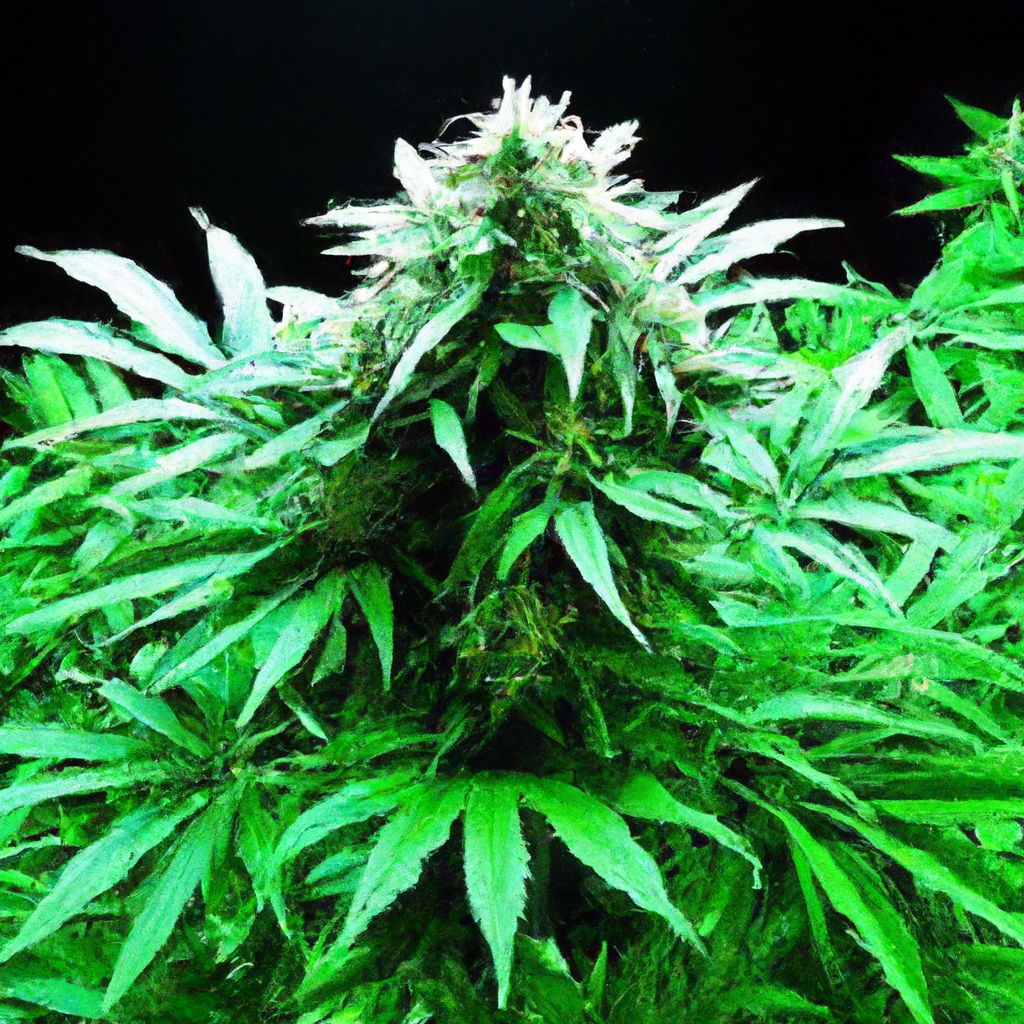
Reflective techniques are essential in indoor cannabis cultivation to optimize light distribution, resulting in healthier plants and higher yields. By effectively using materials like Mylar, Panda Film, or flat white paint, growers can enhance light efficiency by redirecting stray light onto their plants. This involves evaluating the grow space, selecting suitable reflective materials based on…

Cannabis cultivation is an art that benefits from integrating companion animals into the process, adding layers of natural pest control and enhanced soil health. Companion animals like ducks, chickens, and earthworms help manage pest populations, aerate the soil, and provide organic waste for fertilization, contributing to a thriving garden ecosystem. To effectively use this strategy,…
